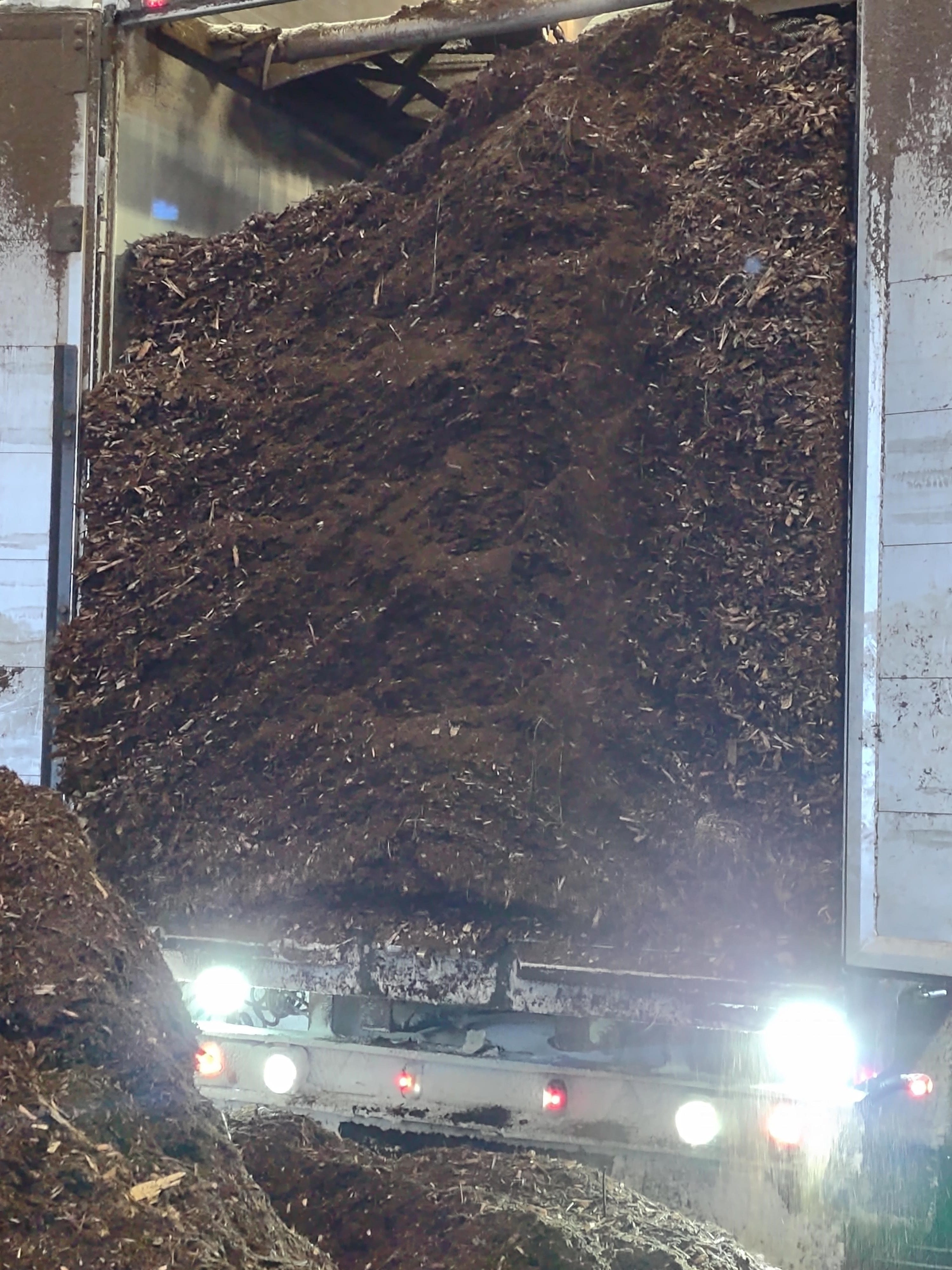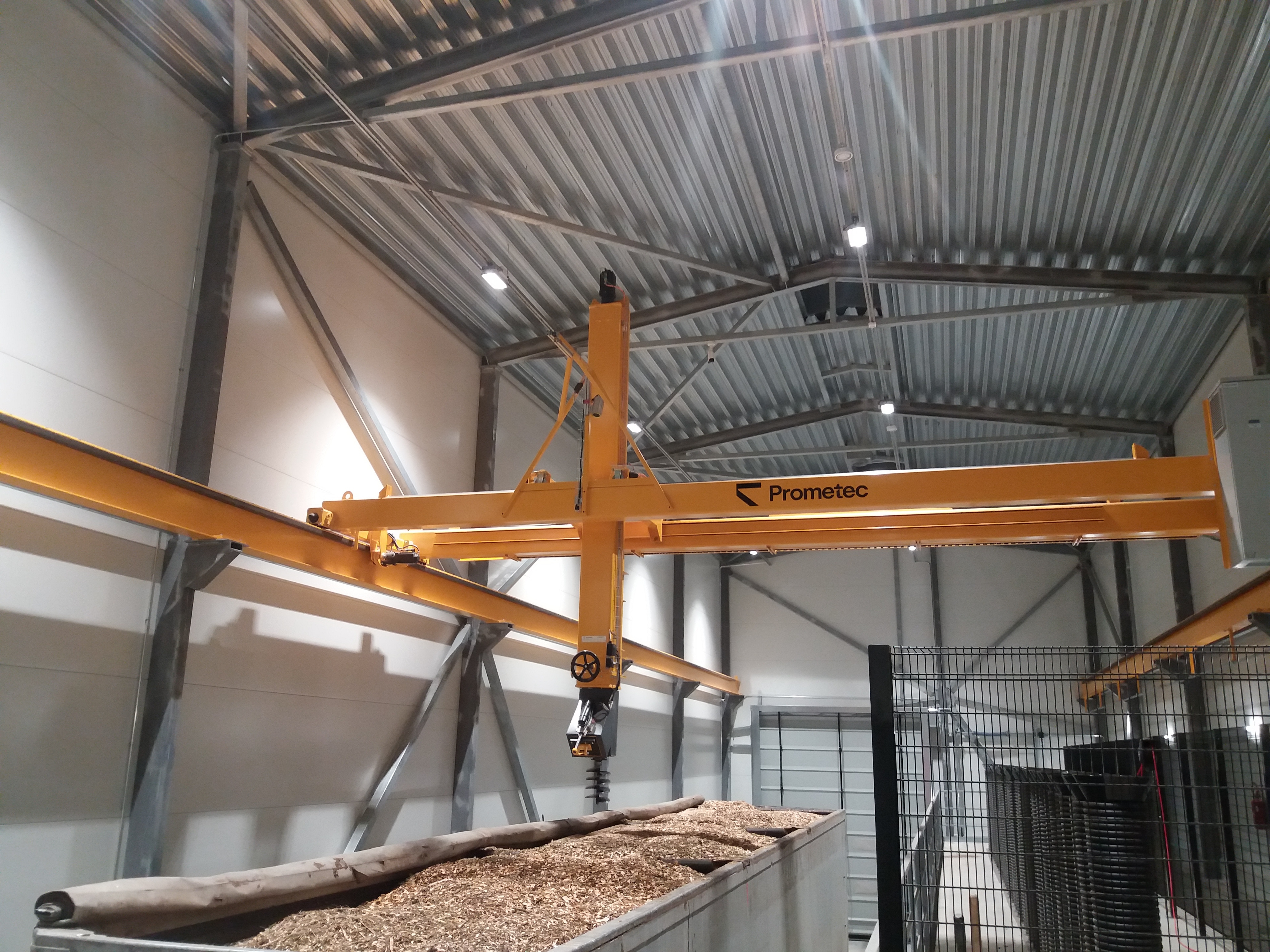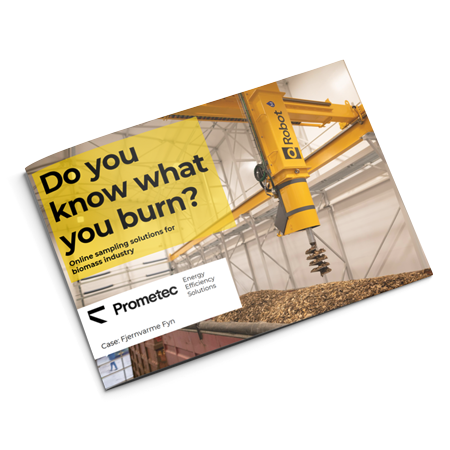Prometec’s automatic sampling has been verified by VTT
17.12.2020

Prometec’s automatic sampling has been verified by VTT
A comparative study carried out by VTT (Technical research center of Finland) was made in November 2020 at Kuopio Energy’s Haapaniemi power plant. For five days, samples from different types of biofuel loads were collected in both ways, with a Q-robot and manually by VTT. So, the comparison included automatic sampling and manual sampling. Load-specific samples were taken daily from all loads delivered during the 10-hour test period. Samples for the comparison were collected from a total of 59 loads, of which 26 loads were forest residue chips, 20 loads of whole wood and stem chips, 8 loads of peat and the remaining loads were sawdust and bark.
The comparative study followed the principles of the Wood Fuels Quality Guide (VTT-M-07608-13) and manual sampling was carried out in accordance with the standard ISO 18135: 2017. Manual increments were taken during the unloading from the falling material stream. According to the quality guideline, at least 6 individual samples (2 truck + 4 trailer) are taken from a combination of truck+trailer vehicle (100 – 160 m3), in which case these sample volumes have the possibility to achieve an accuracy requirement of about 3% in moisture with 3 – 5 load deliveries. Automated sampling was performed by a Q-robot that took load-specific samples according to its normal operating sequence. The Q-robot takes samples fully automatically and randomly from different depths and different points of the load in accordance with the sampling standard EN ISO 18135: 2017. Moisture was analyzed from the samples and particle size distributions were also analyzed from forest residue chip samples.

Research results
The difference in average moisture of all fuel types over the reference period between sampling methods was 0.7 percentage points. In the comparison, there was a particular interest in the differences between the sampling methods for inhomogeneous forest residue chips, where the moisture variations within the load can be very large. In comparison, the average moisture difference between the sampling methods for all forest residue chip loads was 1.5 percentage points. For forest residue chips, as for all other fuel types, the moisture variations between the loads were reasonably large and the moisture between the sampling methods were scattered in one and the other, but no systematic difference was observed between the sampling methods. As a result of the verification, no clear systematic difference between the methods affecting the results in one direction could be observed from the results. In the light of these research results, the automatic sampling of the Q-robot meets the requirements of the standard for reliable sampling.








